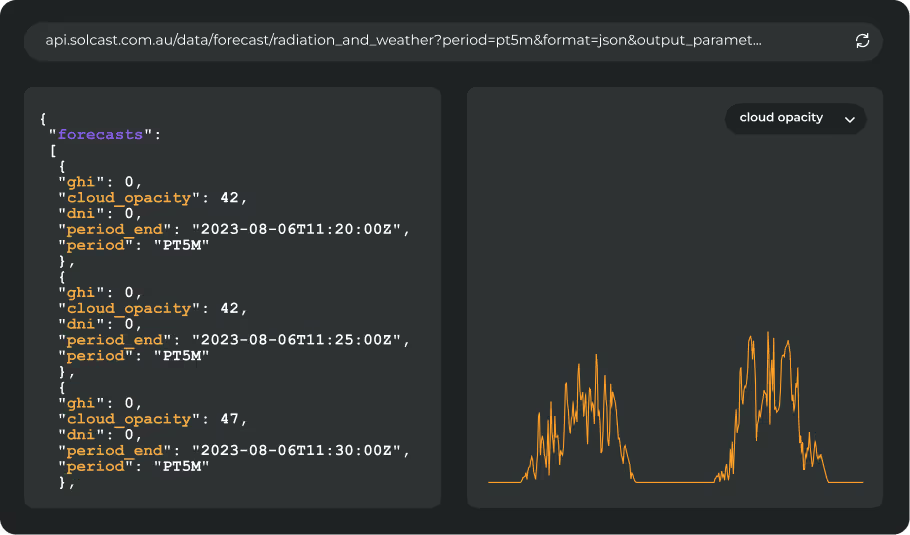The powerful solar storms of May 2024 were a sign of the sun's increasing activity as it nears the peak of its 11-year cycle. These events can disrupt satellites and power grids, highlighting the importance of solar weather monitoring and preparedness.
Predicting solar flares and geomagnetic storms is challenging. Current technology struggles due to the sun's constantly changing magnetic field, making it difficult to pinpoint the exact location and intensity of an eruption. However, agencies like the National Oceanic and Atmospheric Administration (NOAA) in the US and European Space agency collaborate to monitor solar activity and issue forecasts based on past observations and real-time data, helping us prepare for potential impacts.
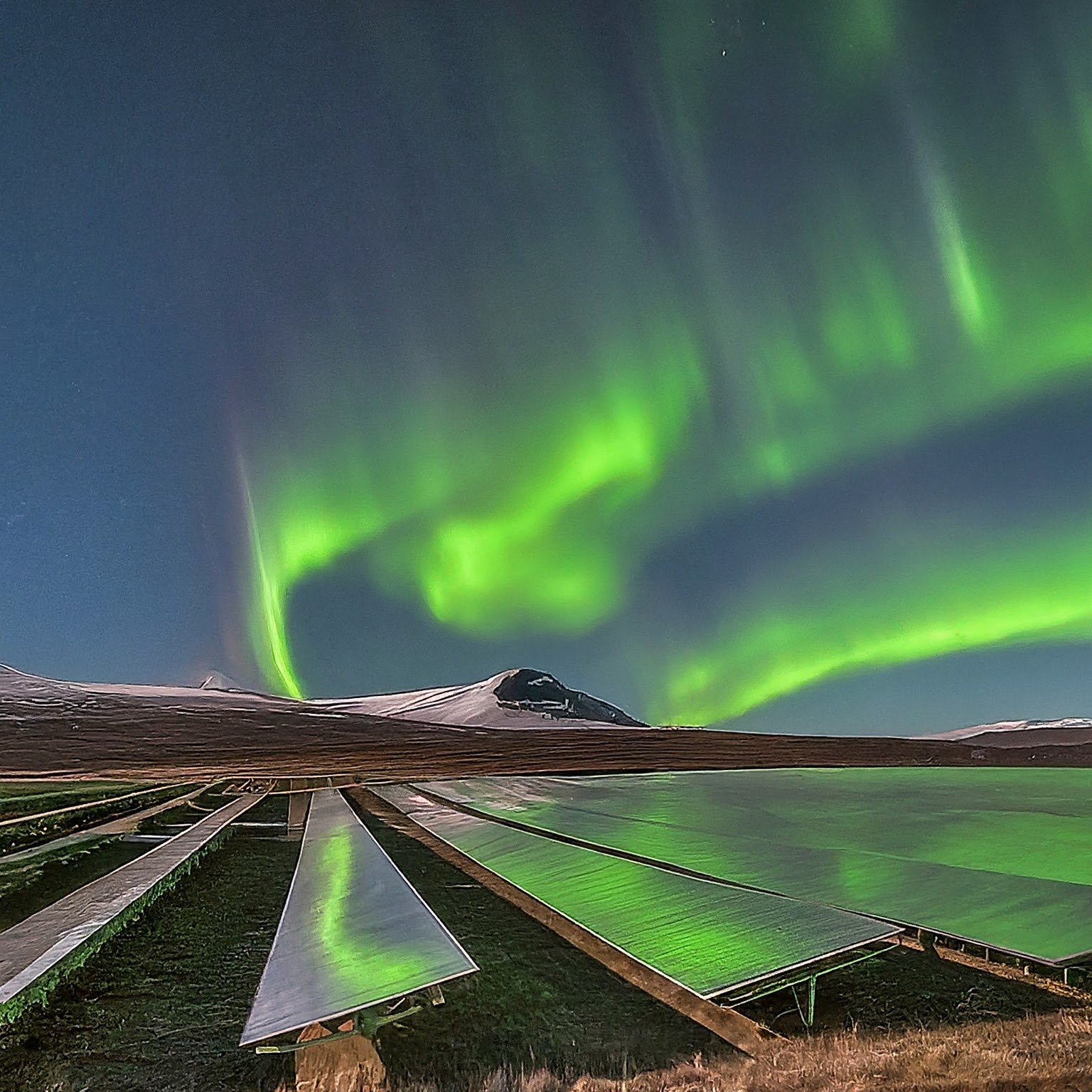
Source: Google Gemini
Whilst solar storms are difficult to predict accurately ahead of time, we do know this solar cycle is expected to reach its maximum in 2025, meaning that there are more intense solar flares and geomagnetic storms on the way in the coming months and years.
For solar energy, for strong solar events the potential impacts on power grids, and the impacts on solar's enabling technologies like GPS are very real. Solcast is sometimes asked about the impacts on solar irradiance and PV power production. Do we see an increase in irradiance at the peak of the 11-year cycle?
The answer is yes, but only slightly. The peak of the solar cycle does tend to increase the earth's average annual extra-terrestrial irradiance, but only by a very small amount.
Extra-terrestrial irradiance refers to the intensity of sunlight reaching the Earth's upper atmosphere, essentially the amount of solar energy we'd receive without any atmospheric interference. This value is often represented by the "solar constant," which has a traditionally accepted average of around 1361 Watts per square meter (W/m²). However, this isn't a truly constant value. The Earth's orbit around the Sun isn't perfectly circular, but slightly elliptical. This means the distance between Earth and the Sun varies throughout the year. When Earth is closer to the Sun (perihelion in January), the extra-terrestrial irradiance can reach highs of about 1410 W/m². Conversely, when Earth is farthest from the Sun (aphelion in July), the irradiance dips to around 1320 W/m². This variation amounts to roughly a 3.5% fluctuation in the intensity of sunlight reaching the top of the atmosphere. This fluctuation is very accurately modelled in the irradiance modelling used by the Solcast API, DNV and other leading solar resource agencies.

Source: Solcast API
Whilst the annual cycle of extra-terrestrial irradiance causes a steady, predictable and significant ~3.5% change through the seasonal cycle, the peak of the 11-year cycle of solar activity causes a smaller, more sporadic and unpredictable set of fluctuations.
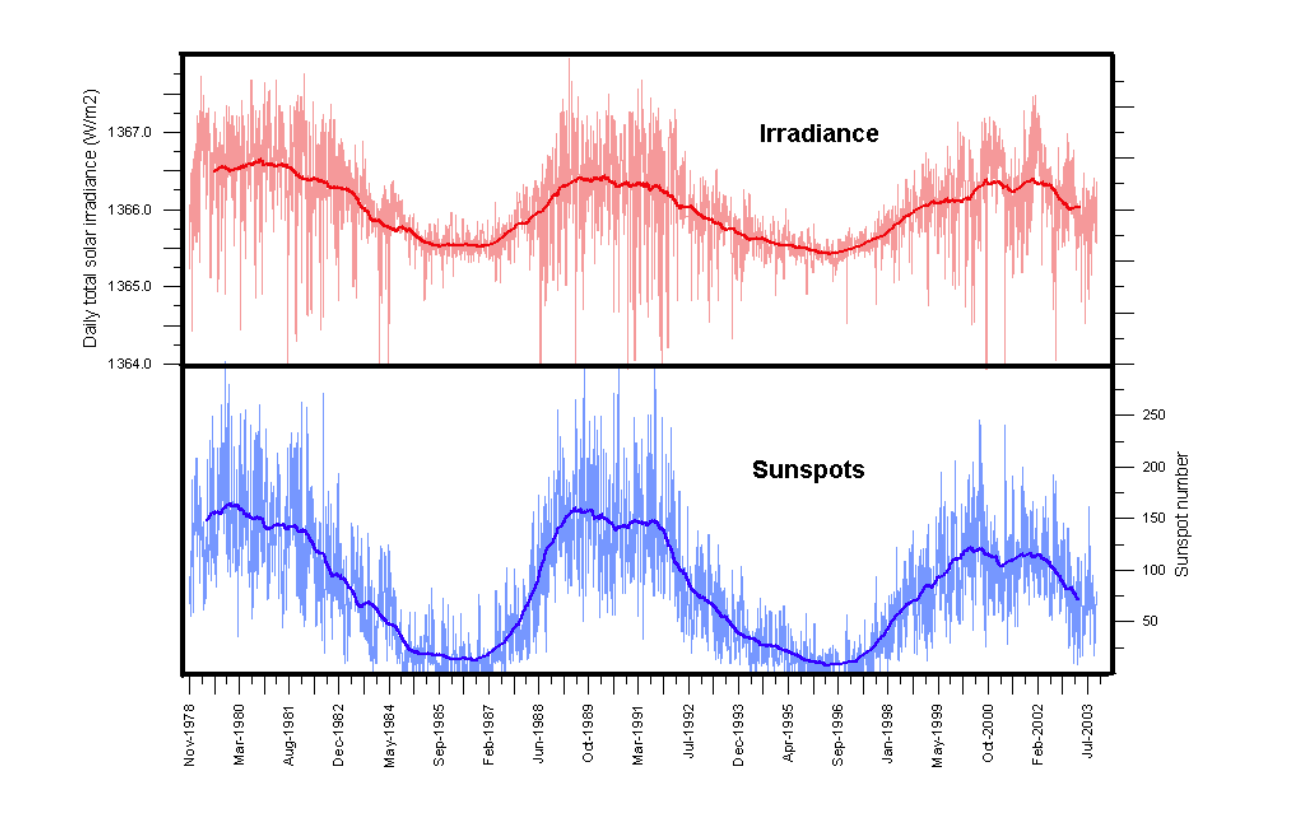
Whilst sun spots vary from 0 - 200, correlated GHI variations are less than 1 W/m (equivalent to 0.07% clearsky irradiance). Source: NASA.
The net result of these increased fluctuations is an increase in extra-terrestrial irradiance (and therefore also the irradiance we receive at the ground) of only around 1 W/m² (i.e. only about one-tenth of one percent) when averaged over the course of a year! The very small size of this effect, along with the random nature of the fluctuations, means there is very little value in attempting to even include the effect in solar irradiance modelling calculations.
Why consistent, accurate forecasts are crucial for your assets
The aurora's minimal impact on PV power generation may not require you to adjust your forecasting or modeling. However, there are more pressing concerns that you need to prepare for. On a daily basis, irradiance and generation from your assets is impacted by weather, cloud movement, aerosols, terrain, and other factors.
The Solcast API provides high-resolution, accurate solar forecasts and bankable actuals to help you manage your assets effectively. Solcast tracks clouds at 1-2km resolution, updating every 5 minutes, and has advanced aerosol handling that extends to a 5km spatial scale, with upscaled 90m resolution.
Evaluate our data via the Solcast API toolkit or reach out to our team for a guided free trial.








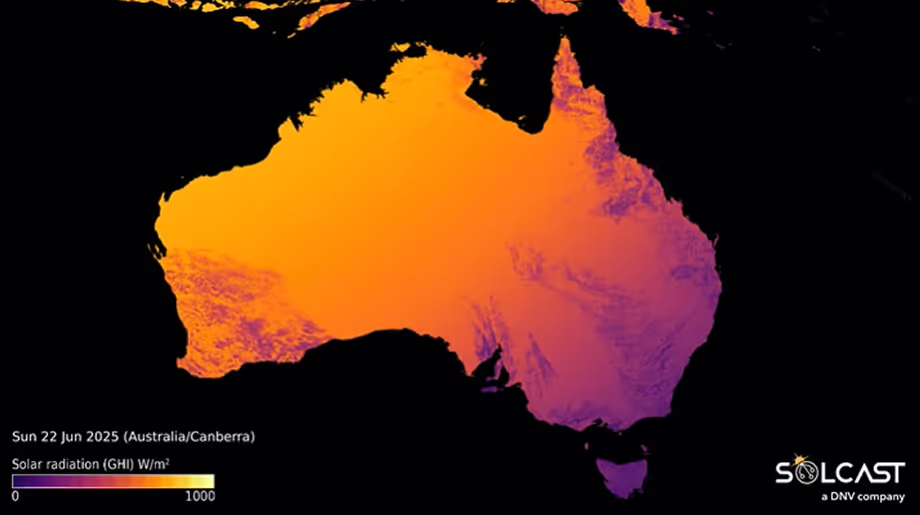
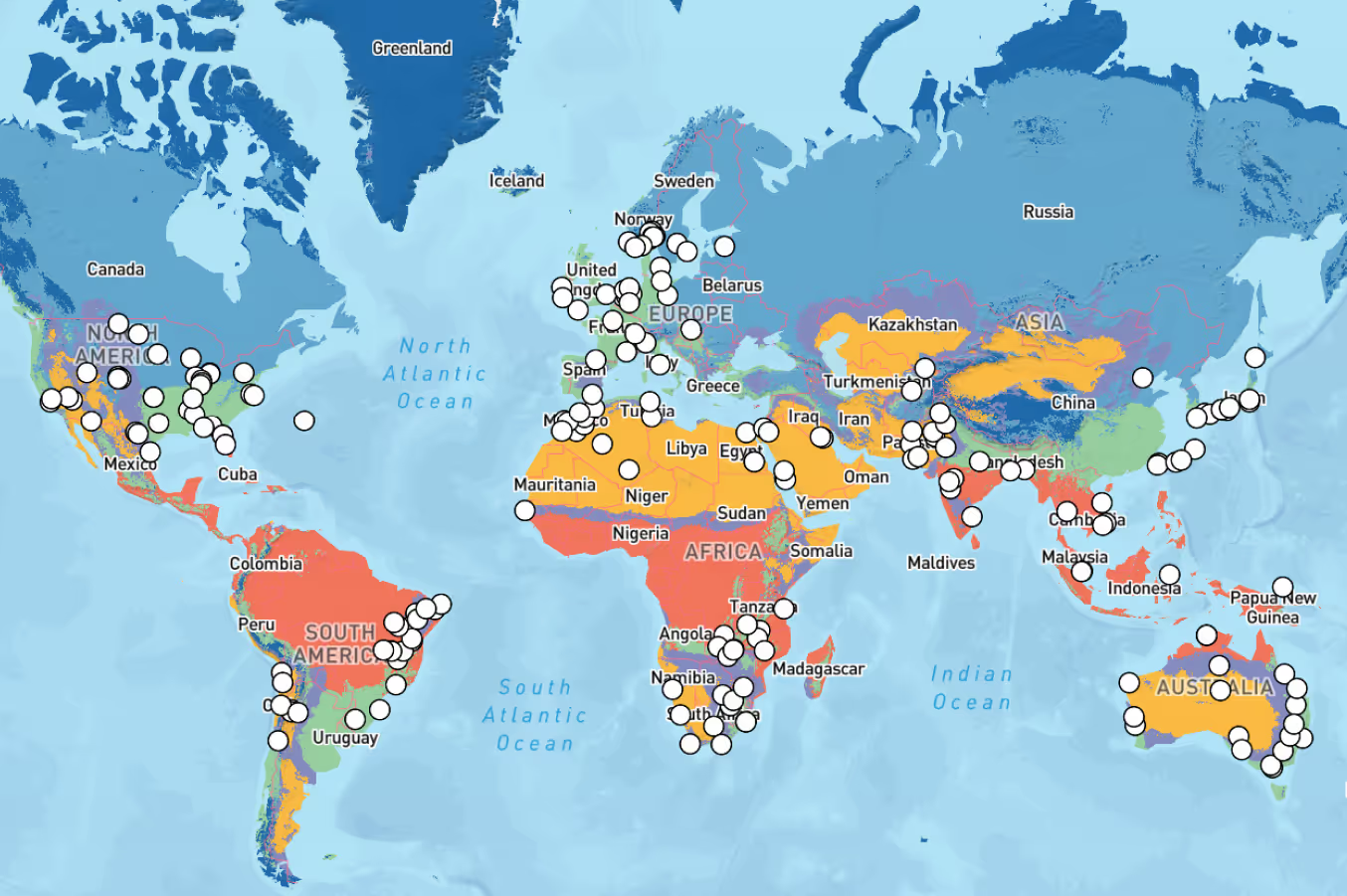
.avif)
